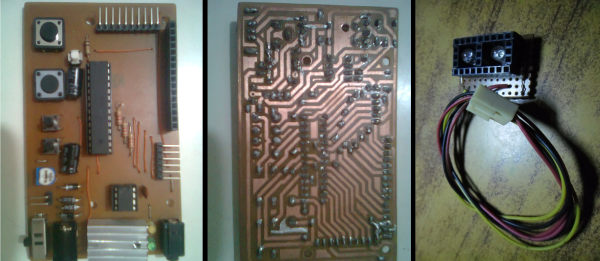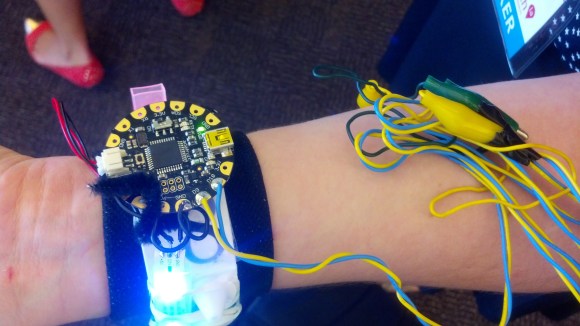
What a pleasant thing to wake up and realize that we now have more than 20,000 Hackers on Hackaday.io. It wasn’t even two months ago that we celebrated passing the 10k mark. While we’re talking numbers, how about 2,075 projects, and 148 hackerspaces?
But what’s in a number? It’s what this stands for that really gets us excited! You took the leap and decided to show off what you’re working on while you’re still working on it. This is the key to pollinating ideas. One concept can result in many awesome spin-off projects. So if you haven’t yet written about that killer idea bouncing around in your head, do it now and be the inspiration for the next iteration of amazing hacks.
Much more to come
Our crew has been refining an overhaul of how the feed works to make it easier to know when and how your favorite hackers are updating their builds. You should see that functionality live in August. We’re also working on improving interactivity so that you can better find others with similar interests whether it’s just for casual conversation or to undertake an epic build as a team.
We’re certainly not above pointing out our own weaknesses. The Stack never took off. The idea seemed like a good one, but we need your help figuring out how to make it shine. Leave a comment below telling us what you think The Stack should be and how you think it should work.

















